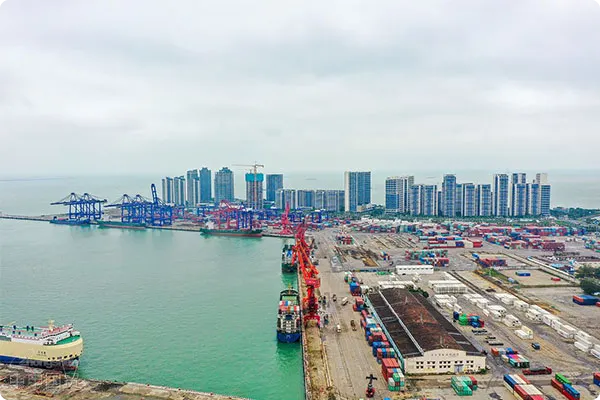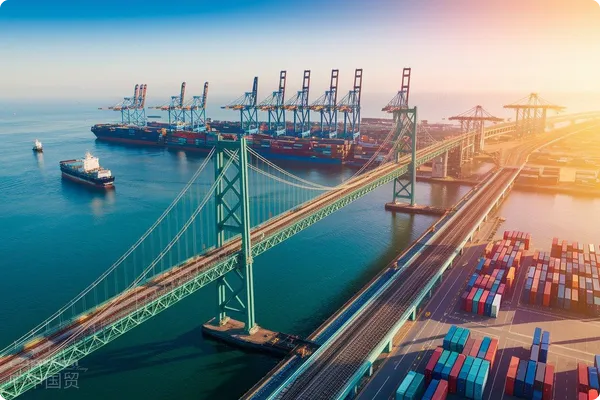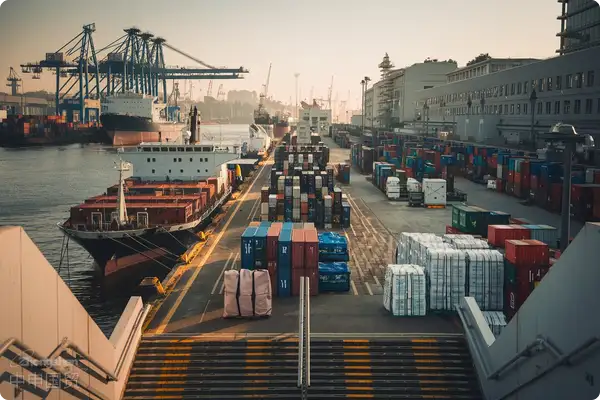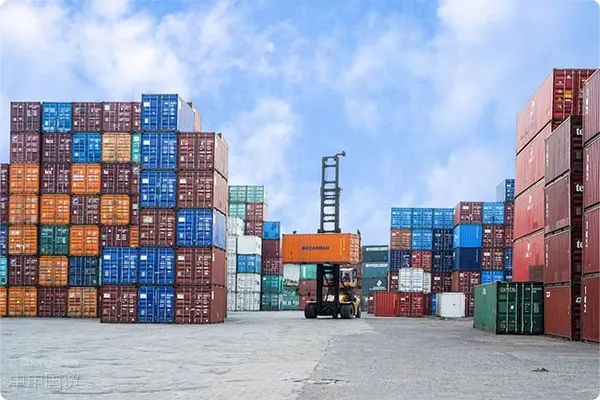- Shanghai Zhongshen International Trade Co., Ltd. - Two decades of trade agency expertise.
- Service Hotline: 139 1787 2118
In theforeign tradeDuring export processes, when encountering situations where customers designate freight forwarders and request FCR documents, many enterprises have questions:Can FCR documents replaceMaritime Transportationbills of lading forExport Drawbackfiling purposes?Today, well discuss the nature of FCR documents and their role in export tax rebates.
I. What is an FCR document?
FCR (Forwarders Cargo Receipt)is a standard document established by the International Federation of Freight Forwarders Associations (FIATA), primarily used to certify that the freight forwarder has received goods from the shipper for designated consignees. Therefore, the essence of FCR isa freight forwarders receipt, not a traditional transportation document.
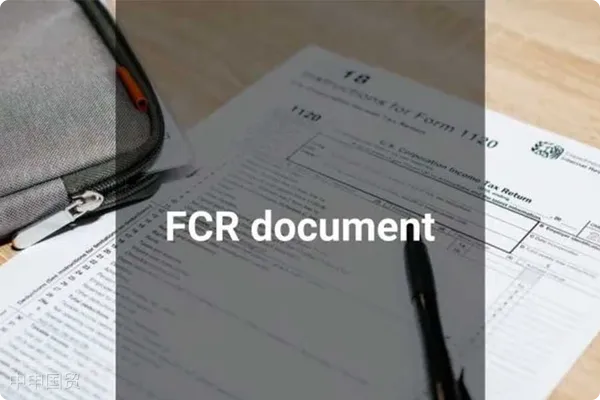
The main purpose of FCR documents isto certify that the freight forwarder has received the goodsand confirms that the goods have been delivered to the designated consignee as per the shippers instructions. This document is typically issued by a freight forwarder and differs from traditional shipping documents such as the Bill of Lading orAir Transportationthe Air Waybill. The FCR is not a transport document issued by the carrier but rather a trade document.
II. Relationship between FCR documents and export tax rebate filing
In the process of export tax rebates,transport documentsare one of the core documents proving the export of goods, directly impacting whether a company can successfully complete the export tax rebate filing. Typically, the transport documents required for export tax rebates include formal shipping documents such as the Bill of Lading or Air Waybill, which must be issued by the carrier and serve as proof of actual transportation of the goods.
However,the FCR cannot replace the Bill of Lading or Air Waybill for export tax rebate filing. This is because the FCR only proves that the freight forwarder has received the goods and cannot verify the actual shipment or export status. Therefore, tax authorities generally do not accept the FCR as a transport document for export tax rebate filing.
III. Why cant FCR replace bills of lading?
To better understand why the FCR cannot replace the Bill of Lading, we need to examine the differences between the two:
- Issuing parties differ:
- The Bill of Lading is issued by the carrier (e.g., a shipping company) and serves as legal proof of the transportation and delivery of goods.
- The FCR is issued by the freight forwarder and only serves as proof of receipt of goods, not as evidence of actual shipment.
- Legal effects differ:
- The Bill of Lading serves as evidence of the contract of carriage and a document of title, functioning as proof of ownership of the goods.
- The FCR does not function as a document of title nor possess the legal effects of a Bill of Lading, and cannot be used for cargo pickup or transfer of ownership.
- Export tax rebate requirements:
- Export tax rebates require transport documents to prove the actual export of goods. As a forwarders receipt, the FCR lacks confirmation from the carrier regarding the transportation of goods and thus does not meet the document requirements for export tax rebates.
IV. Recommendations and countermeasures
For cases where the client designates a freight forwarder and requests an FCR, it is advisable for the company to clearly communicate to the clientthe fact that the FCR cannot be used for export tax rebate filingto avoid delays in the tax rebate process due to document issues. Below are some actionable recommendations:
- Negotiate with the customer: During contract negotiations, clarify with the client the type of transport documents required, ensuring the freight forwarder can provide a Bill of Lading or Air Waybill that meets export tax rebate requirements.
- Choose compliant freight forwarders: Select experienced freight forwarding companies to ensure they can provide compliant documents for smooth export tax rebate filing.
- Prepare sufficient documentation: If the FCR must be used, it is advisable to also prepare other documents proving the export of goods, such as customs declarations and commercial invoices, to improve the approval rate of the tax rebate application.
V. Summary
As a receipt issued by the freight forwarder for goods received, the FCR serves a certain evidential role in trade processes but cannot replace the Bill of Lading or Air Waybill for export tax rebate filing. Therefore, in foreign trade operations, companies should plan their document preparation in advance to ensure compliance with tax rebate requirements and successfully complete the export tax rebate process.
Related Recommendations
? 2025. All Rights Reserved. 滬ICP備2023007705號-2  PSB Record: Shanghai No.31011502009912
PSB Record: Shanghai No.31011502009912
